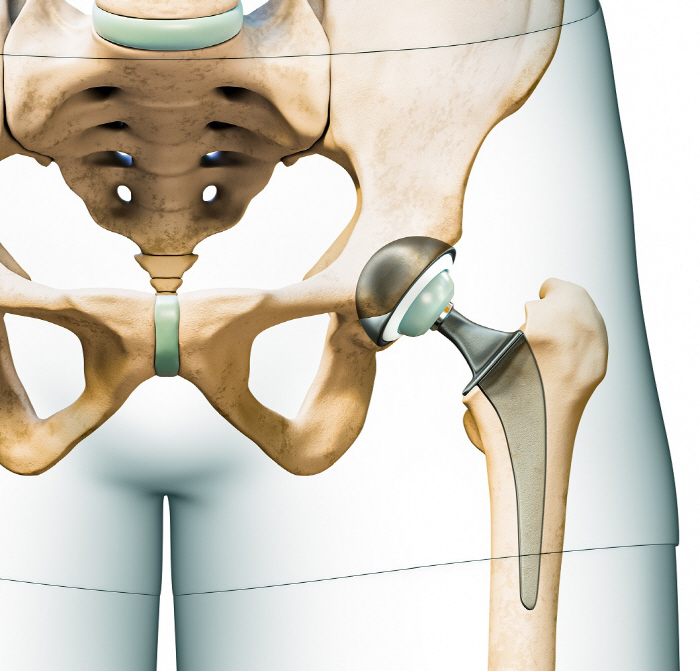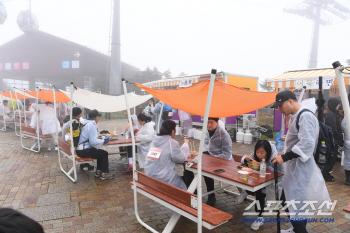The main cause of the artificial hip reoperation, it turns out...
May 21, 2025
|
Artificial hip arthroplasty is a treatment for degenerative arthritis or femoral head necrosis of the hip joint, and is a surgery to reduce pain and restore function by replacing both the acetabulum and the femoral head with artificial inserts. After surgery, most patients return to their routine, but some require a reoperation (reoperation) over time, which is more difficult and has a poor prognosis than the pre-replacement.
As such, reoperation is a physical and mental burden on patients, so it is inevitably important to accurately identify and manage the cause of reoperation. In addition, the factors that cause reoperation may vary depending on the time of progress after surgery, so systematic analysis based on data accumulated over a long period of time is an important basis for preventing reoperation.
Accordingly, Professor Lee Young-kyun's team comprehensively analyzed ▲ cause ▲ time of occurrence ▲ surgical techniques and changes in fixed methods for all 515 artificial hip replacement surgeries conducted at Seoul National University Bundang Hospital from 2004 to 2023. In particular, considering that surgical techniques and implant materials have developed significantly around 2013, the reoperation period was divided into the first stage (2004-2013) and the second stage (2014-2023).
The study found that the most common cause of all reoperation cases was aseptic dissociation (52.4%) in which the fixation between the artificial joint and the bone was loosened without infection, weakening the bond and being unstable. This was followed by infection (13.2%), periarticular fractures (10.7%), wear and dissolution of artificial inserts (8.5%), ceramic breakage (5.8%), and dislocation and joint instability (5.6%).
The proportion of causes of such reoperation also changed significantly depending on the timing of the operation. Aseptic dissociation accounted for 62.5% in the first phase, but decreased significantly to 40.4% in the second phase, which is interpreted as a result of reduced wear and fixation failure of artificial inserts due to improvements in implant material and advances in surgical techniques. On the other hand, the rate of infection, periarticular fracture, wear and dissolution of artificial implants, and ceramic breakage tended to increase in the second stage surgical group.
The main cause of reoperation was also different depending on the time of follow-up after surgery. Within a few years of surgery, complications such as dislocation, fractures around artificial joints, and infection were the main causes, and at more than 10 years after surgery, aseptic dissociation, wear and dissolution of artificial inserts were the main causes.
Professor Lee Young-kyun "The results of this study suggest that the risk factors to be careful and managed vary over time after undergoing artificial hip surgery."If we use this, we will be able to come up with a systematic postoperative management plan to prevent reoperation "
Professor Park Jung-wi then said, "The rate of reoperation related to wear and tear of the joint surface has decreased due to advances in surgical materials and surgical methods, but dislocation and infection around artificial implants are still the main cause." We will continue follow-up studies to come up with measures to reduce the reoperation itself," he added.
Meanwhile, the study is the first to analyze the causes and trends of artificial hip arthroplasty by period with data accumulated for more than 20 years in a single institution, and was published in the Journal of Arthroplasty, a world-class academic journal and SCI-listed journal.
|
|
This article was translated by Naver AI translator.
















